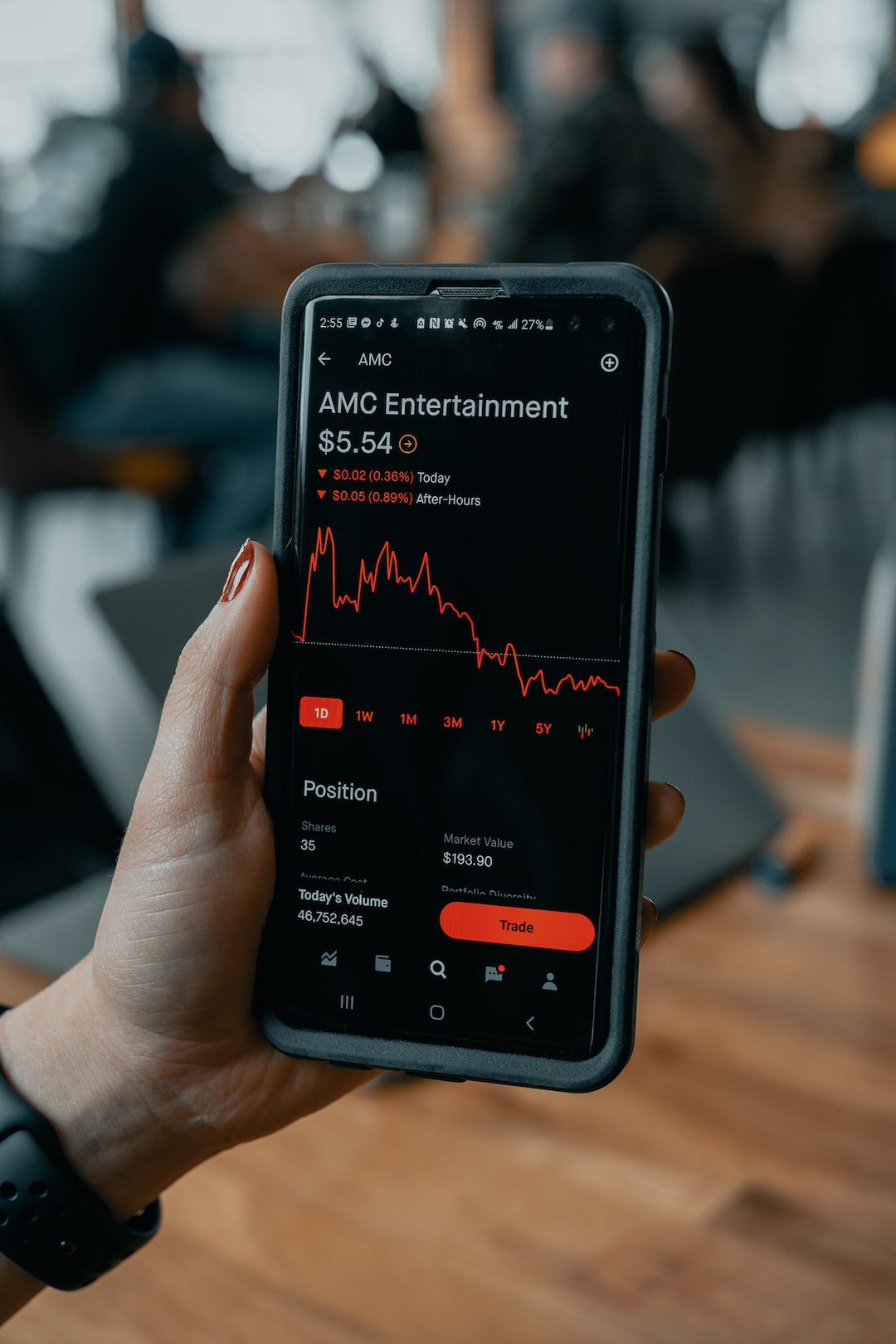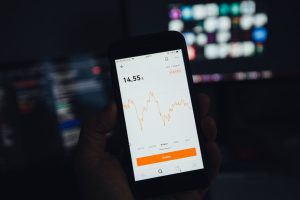Forex indicators are essential tools for traders who want to make informed decisions based on market analysis. These indicators are mathematical calculations based on the price and/or volume of currency pairs, which provide insights into market trends and potential trading opportunities. In this article, we will explore the different types of Forex indicators and how to use them effectively.
Types of Forex Indicators
There are two main types of Forex indicators: leading and lagging. Leading indicators provide signals before a trend or reversal occurs, while lagging indicators confirm trends that have already been established.
Leading Indicators
Moving Average (MA)
A moving average is a commonly used Forex indicator that helps traders identify trends by smoothing out price fluctuations. It is calculated by taking the average price of a currency pair over a specific period, and the resulting line can be used to determine the trend direction. A crossover of two moving averages is often used to signal a potential trend reversal.
Relative Strength Index (RSI)
The RSI is a momentum indicator that measures the strength of a trend by comparing the average gains and losses of a currency pair over a specific period. It is expressed as a value from 0 to 100, with values above 70 indicating an overbought market and values below 30 indicating an oversold market. Traders use the RSI to determine potential trend reversals or to confirm existing trends.
Stochastic Oscillator
The stochastic oscillator is a momentum indicator that compares the closing price of a currency pair to its price range over a specific period. It is expressed as a value from 0 to 100, with values above 80 indicating an overbought market and values below 20 indicating an oversold market. Traders use the stochastic oscillator to identify potential trend reversals or to confirm existing trends.
Lagging Indicators
Moving Average Convergence Divergence (MACD)
The MACD is a trend-following indicator that compares two moving averages of a currency pair. It is calculated by subtracting the 26-period exponential moving average (EMA) from the 12-period EMA. The MACD line is then plotted on a chart, along with a signal line, which is a 9-period EMA of the MACD line. Traders use the MACD to identify potential trend reversals or to confirm existing trends.
Bollinger Bands
Bollinger Bands are a volatility indicator that measure the standard deviation of a currency pair’s price over a specific period. They consist of three lines: a simple moving average in the middle, and two standard deviation lines above and below the moving average. Traders use Bollinger Bands to identify potential price breakouts or to confirm existing trends.
How to Use Forex Indicators
While Forex indicators can provide valuable insights into market trends, it is essential to use them in conjunction with other forms of analysis, such as fundamental analysis or price action analysis. Here are some tips for using Forex indicators effectively:
1. Use multiple indicators: Using multiple indicators can provide a more comprehensive view of market trends and help to confirm signals.
2. Understand each indicator’s strengths and weaknesses: Each Forex indicator has its strengths and weaknesses, so it is important to understand how they work and what they can and cannot predict.
3. Use indicators in combination with other forms of analysis: Forex indicators should not be used in isolation but should be used in conjunction with other forms of analysis, such as fundamental analysis or price action analysis.
4. Avoid over-reliance on indicators: Over-reliance on Forex indicators can lead to analysis paralysis and prevent traders from taking action. It is important to use indicators as a tool, not a crutch.
Conclusion
Forex indicators are essential tools for traders who want to make informed decisions based on market analysis. There are two main types of Forex indicators: leading and lagging. Leading indicators provide signals before a trend or reversal occurs, while lagging indicators confirm trends that have already been established. While Forex indicators can provide valuable insights into market trends, it is essential to use them in conjunction with other forms of analysis and avoid over-reliance on them. By using multiple indicators and understanding their strengths and weaknesses, traders can make more informed trading decisions and increase their chances of success.





